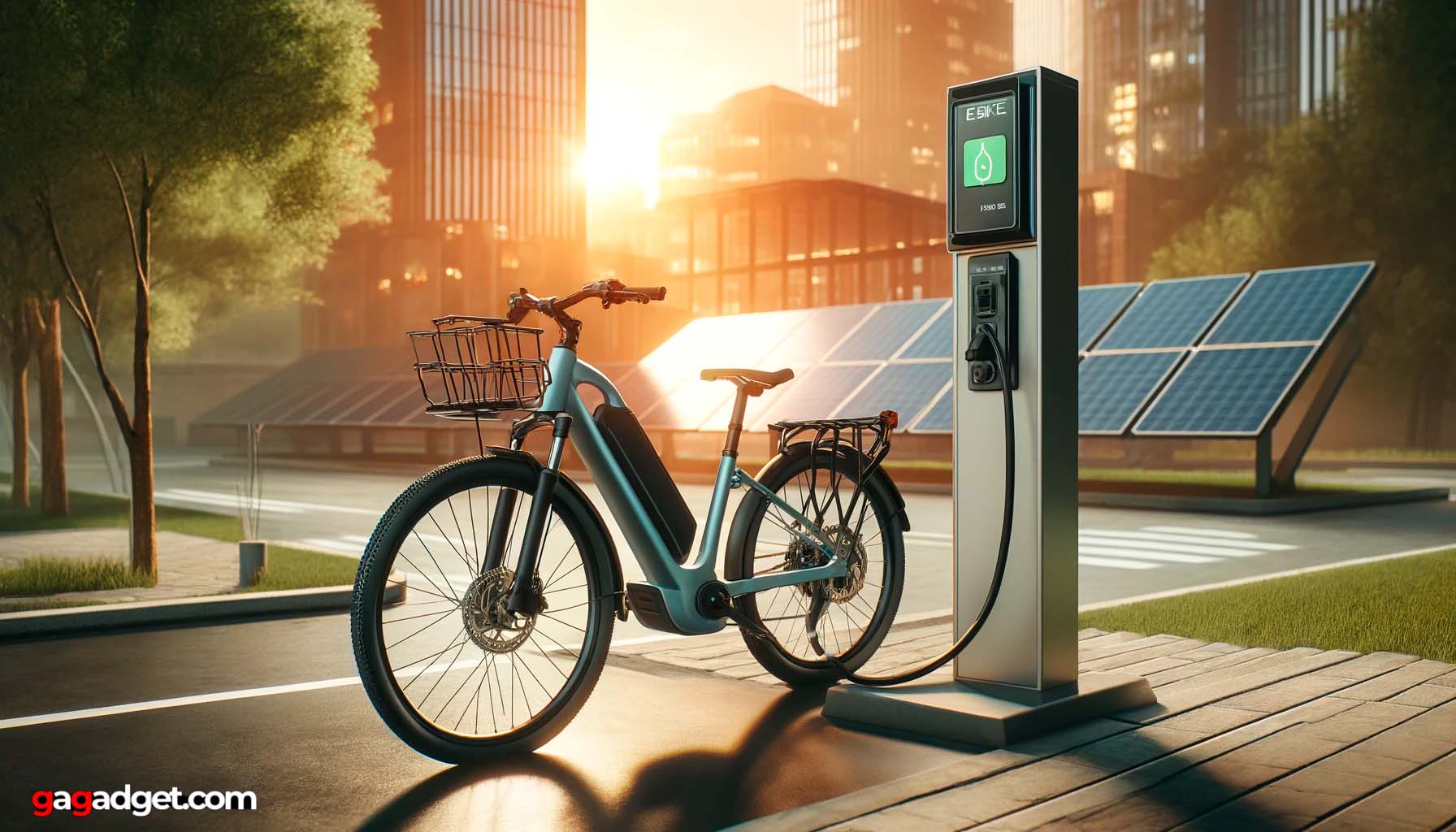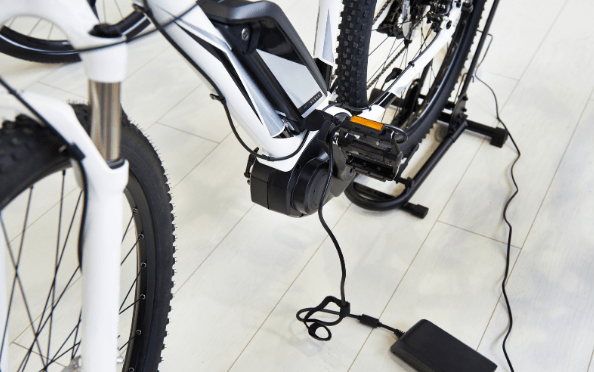E-Bike Charging and Efficiency
Maximizing the riding range is a key concern for most electric bike owners. Proper charging techniques and efficient riding habits can significantly impact how far you can travel on a single charge. This comprehensive guide delves into the best practices for e-bike charging, offers tips to optimize your riding range, and explores the various factors that influence your e-bike's overall efficiency.
Short answer: To extend your e-bike's riding range, charge the battery regularly, maintain optimal capacity, use pedal assist strategically, keep tires properly inflated, and minimize weight on the bike. Adopting efficient charging and riding practices can greatly increase the distance you can cover on a single charge.
- Understanding E-Bike Batteries
- Charging Best Practices
- Maximizing Efficiency While Riding
- Factors Affecting Riding Range
- E-Bike Charging and Efficiency: FAQ
Understanding E-Bike Batteries

The majority of modern e-bikes utilize lithium-ion (Li-ion) batteries, renowned for their high energy density, low self-discharge rate, and extended lifespan. However, to maintain optimal performance and longevity, proper care is crucial.
E-bike batteries are commonly rated in watt-hours (Wh), indicating the amount of energy they can store. A higher Wh rating generally translates to a longer riding range, but other factors such as motor power, rider weight, terrain, and pedal assist level also play significant roles.
| Battery Capacity (Wh) | Estimated Range (mi) | Charging Time (hours) |
|---|---|---|
| 300 | 20-30 | 3-4 |
| 400 | 25-40 | 4-5 |
| 500 | 30-50 | 5-6 |
| 600+ | 40-60+ | 6-8+ |
Note*: These are rough estimates, and actual ranges may vary based on riding conditions and individual e-bike models.
Charging Best Practices

Adopting proper charging habits is essential for extending the life and performance of your e-bike battery. First and foremost, it's crucial to charge your battery regularly and avoid letting it drain completely. Make it a habit to charge the battery after each ride, even if you've only used a small portion of its capacity. Always use the charger that came with your e-bike or one recommended by the manufacturer to prevent overheating or damage to the battery.
When charging, be mindful not to overcharge the battery. Once it reaches full capacity, unplug the charger, as prolonged overcharging can gradually reduce the battery's overall capacity. If you plan on storing your e-bike for an extended period, it's best to keep the battery at around 40-80% charge. This helps minimize degradation during storage.
Another important factor to consider is the charging environment. Avoid charging or storing your battery in extremely hot or cold temperatures, as this can negatively impact its performance and lifespan. Aim for a cool, dry place within a moderate temperature range for optimal charging conditions.
Maximizing Efficiency While Riding

Apart from charging, your riding habits can also impact your e-bike's range:
- Use pedal assist strategically: Higher assist levels drain the battery faster. Use lower levels or pedal more on flat terrain to conserve energy;
- Maintain tire pressure: Underinflated tires create more rolling resistance, requiring more power to move the bike. Keep your tires properly inflated for optimal efficiency;
- Reduce weight: Remove unnecessary items from your bike and travel light to minimize the strain on the motor and battery;
- Plan your route: Avoid hilly terrain if possible, as climbing steep inclines drains the battery more quickly. Stick to bike paths and smooth roads for more efficient riding.
Factors Affecting Riding Range

Even with proper charging and efficient riding techniques, several variables can impact your e-bike's range. The battery capacity is a primary factor, with higher Wh ratings generally corresponding to longer ranges. However, the motor's power also plays a role, as more powerful motors can drain the battery faster, especially when used at higher assist levels.
Rider weight is another significant factor, as heavier riders require more energy to propel, potentially reducing the overall range. The terrain you ride on also influences battery consumption, with hills and rough surfaces demanding more power compared to flat, smooth roads.
Weather conditions can also affect your e-bike's efficiency and range. Extreme temperatures, both hot and cold, can impact battery performance. Strong headwinds can increase resistance, requiring more power to maintain speed, while wet conditions may reduce traction and overall efficiency.
E-Bike Charging and Efficiency: FAQ
How often should I charge my e-bike battery?
It's best to charge your battery after every ride, even if you've only used a small amount of its capacity. This helps maintain the battery's health and prevents it from draining completely, which can harm its performance over time.
Can I use a different charger for my e-bike battery?
It's strongly recommended to use only the charger that came with your e-bike or one specifically approved by the manufacturer. Using an incompatible charger can lead to overheating, damage, or even a fire hazard.
How can I tell when my e-bike battery needs to be replaced?
Over time, e-bike batteries will gradually lose capacity, resulting in shorter riding ranges. If you notice your battery draining much faster than when it was new, or if it no longer holds a charge at all, it may be time for a replacement. Most e-bike batteries last for several years or hundreds of charge cycles before needing to be replaced.
How to Extend Your Riding Range: Conclusion
Optimizing your e-bike's charging and riding efficiency is key to getting the most out of your battery and extending your riding range. By understanding your e-bike battery's characteristics, following best charging practices, and adopting efficient riding habits, you can significantly increase the distance you can cover on a single charge.
Remember to charge your battery regularly, use the appropriate charger, and store it at optimal capacity when not in use. While riding, use pedal assist strategically, maintain proper tire pressure, reduce excess weight, and plan your routes wisely. By taking these factors into account and adapting to the conditions you face, you can maximize your e-bike's efficiency and enjoy longer, more satisfying rides.
You may also like:
